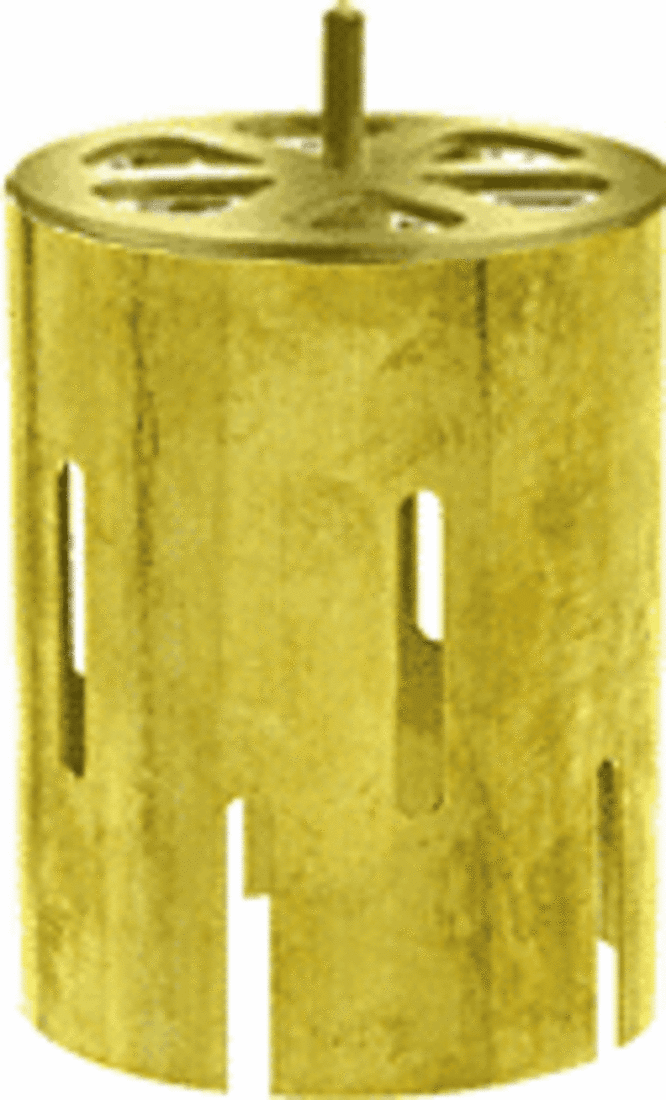As a glass dealer and engineer my shop used a tube drill to cut circular holes in the glass. That is, a brass tube having three or four vertical slots of say 1/8" and a steel shaft of say 1/4" + to fit an ordinary electric drill is still commonly used to produce round holes of small and large diameter
The tube drill uses very hard fine carborundum particles to grind the hole. The particles imbed in the slots as the tube rotates and grind a circumferential slot. In the end, a perfectly round hole is cut and a perfect circular core is cut as well.
As the hole is cut, the soft brass is also eroded such that the slots are deep and there is a double layer of slots
That is, the 4000 + year old technology you describe using a fine very hard particle (sand) cutting medium is alive and well and in use in all glass shops that cut round holes in glass.
Four Inch Diameter Tube Drill

Yes, bert, as a PhD-degreed sicientist in ceramics and glass, I'm aware of that, but it's good that you brought it out for the layman. And anyone who has observed the use of equipment in concrete roadway finishing and repair will remember that water-cooled wearable resin-bonded carbide or diamond stone saws can slot concrete very quickly and efficiently. But of course, all of this depends on powerful motors which concentrate energy, and such power sources were not known to be available to stone-cutters before the 20th century.
Where the imagination must be allowed to play is in the area of acoustic harmonics, which can cause sound energy (drums? air-driven whistles?) to concentrate and focus great amounts of acoustic energy to be used within a narrow area.
Or on the other hand, the mechanical energy of animals turning a wheel to be coupled with pulleys for an essentially tireless supply of rotary energy fo turning a disc or for lateral back-and-forth oscillation of a slurry-activating blade.
Within their purview, the professional diggers need to be thinking outside the box, so to speak. (pun for those who read the article)
As far as moving and lifting large and heavy objects (pyramid blocks, Stonehenge pillars) with simple tools, that has all been thought out and is readily available to the inquirer.
